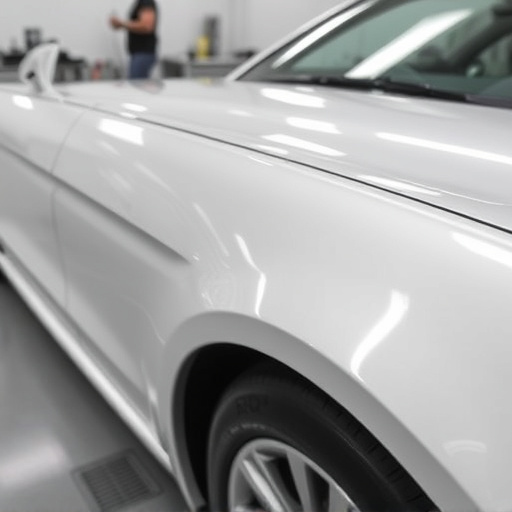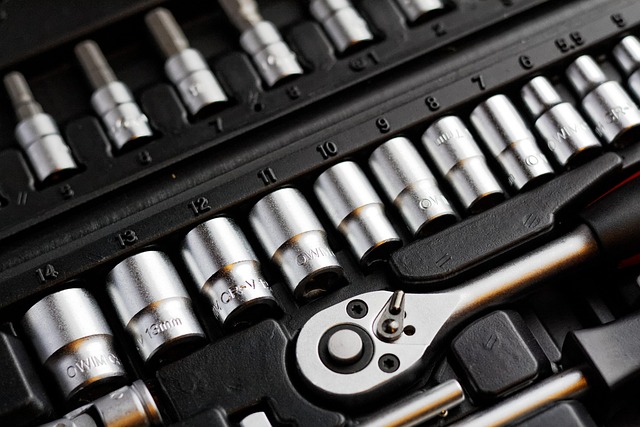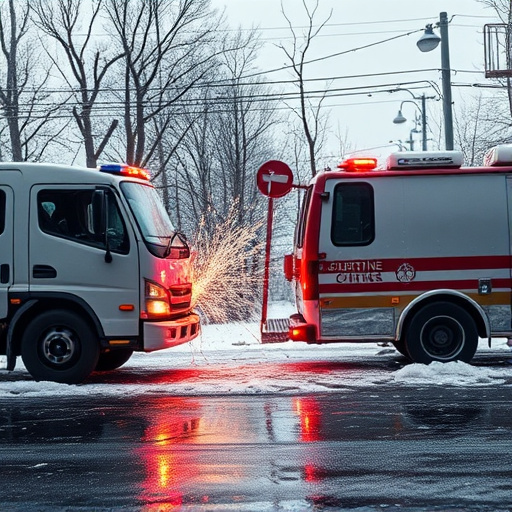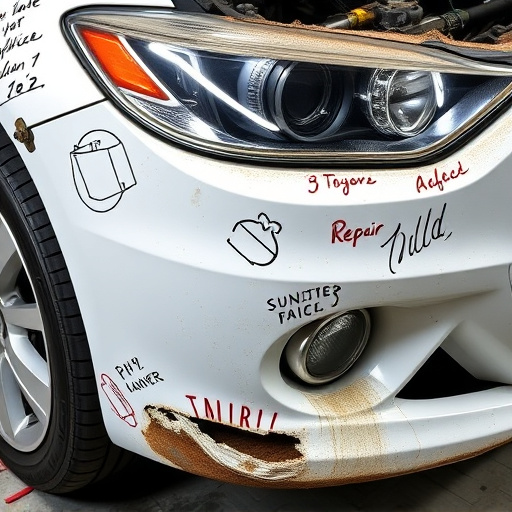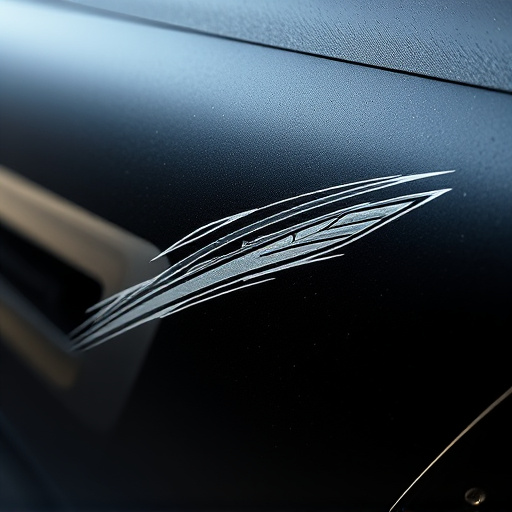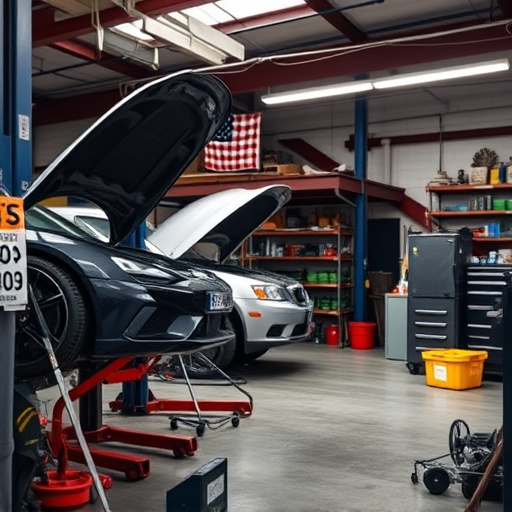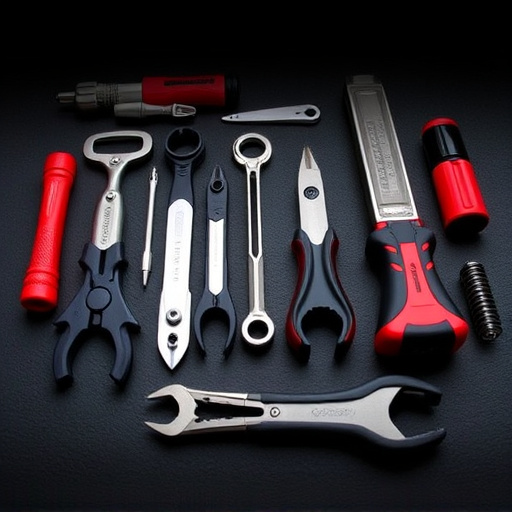Winter conditions pose unique risks for vehicles, necessitating comprehensive inspections for safety and accurate repairs. These inspections reveal issues like damaged brakes, worn tires, and structural weaknesses aggravated by winter weather. Proactive maintenance extends part lifespans, enhances safety, and promotes customer satisfaction during collision repair. Early detection enables targeted repairs, minimizing winter accident impact.
In the face of harsh winters, prioritizing safety during vehicle maintenance is paramount. That’s why a full inspection should be an integral part of any winter accident repair process. This comprehensive guide explores the significance of enhancing safety through inspections tailored for wintry conditions, preventive maintenance essential in cold weather, and why these steps are vital for optimal preparedness when dealing with winter accidents.
- Enhance Safety: Comprehensive Inspections for Winter Conditions
- Preventive Maintenance: Key Components in Cold Weather Repairs
- Optimizing Preparedness: Why Full Inspection is Essential for Winter Accidents
Enhance Safety: Comprehensive Inspections for Winter Conditions

In the cold, wintry months, roads can become treacherous, leading to an increased risk of accidents. To ensure safety on the road during these conditions, comprehensive inspections are crucial for effective winter accident repair. A full inspection of vehicles involved in winter incidents goes beyond the initial visual assessment and includes a detailed look at various components that could be affected by cold weather.
By conducting thorough inspections, car body shops can identify potential issues like damaged brakes, worn-out tires, or structural weaknesses that might have been exacerbated by the accident and freezing temperatures. This proactive approach to vehicle collision repair not only enhances safety but also helps in providing a more accurate estimate for repairs, ensuring drivers receive the best possible care for their car body repair needs.
Preventive Maintenance: Key Components in Cold Weather Repairs

Winter brings unique challenges for vehicles, making it crucial to incorporate preventive maintenance as a key component in winter accident repairs. As cold temperatures and varying weather conditions set in, automotive components that might go unnoticed during warmer months can become vulnerable to damage or malfunction. A full inspection during these seasons should encompass checking the battery health, anti-freeze levels, tire condition, and lighting systems among others.
Regular preventive maintenance not only ensures your vehicle is safe to drive in cold weather but also extends the lifespan of various parts. It’s a proactive approach that many reputable body shop services offer as part of their collision repair services, ensuring customer satisfaction and peace of mind during the winter months.
Optimizing Preparedness: Why Full Inspection is Essential for Winter Accidents
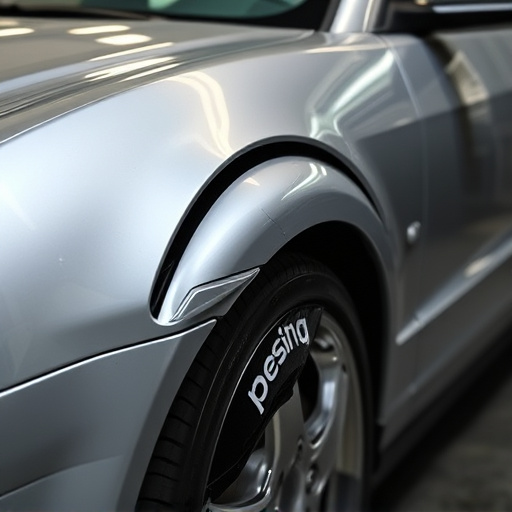
In the unpredictable landscape of winter driving, where icy roads and reduced visibility become the norm, optimizing preparedness is paramount for safety and efficiency during accidents. A full inspection of vehicles involved in winter incidents goes beyond mere aesthetics; it’s a critical step in ensuring the structural integrity and safety of the vehicle. This meticulous process includes checking for damage to crucial components like brakes, suspension systems, tires, and exhaust pipes, all of which can be compromised by the harsh winter conditions.
A comprehensive inspection also facilitates timely decision-making, allowing for swift evaluation of repair needs. By identifying potential issues early on, automotive repair services can offer effective solutions, from car body repair to replacing worn-out parts, ensuring the vehicle is restored to its optimal condition. This proactive approach not only enhances road safety during winter but also prevents more serious and costly damage down the line.
In conclusion, integrating a full inspection into your winter accident repair regimen is paramount for enhancing safety and optimizing preparedness. By proactively assessing all vehicle systems during cold weather conditions, you not only prevent potential hazards but also ensure efficient repairs tailored to the unique challenges of winter driving. Embracing preventive maintenance practices as outlined in this article will help keep you and other drivers safe on the roads this winter. Remember, a well-maintained vehicle is key to navigating through snowy and icy conditions with confidence.






